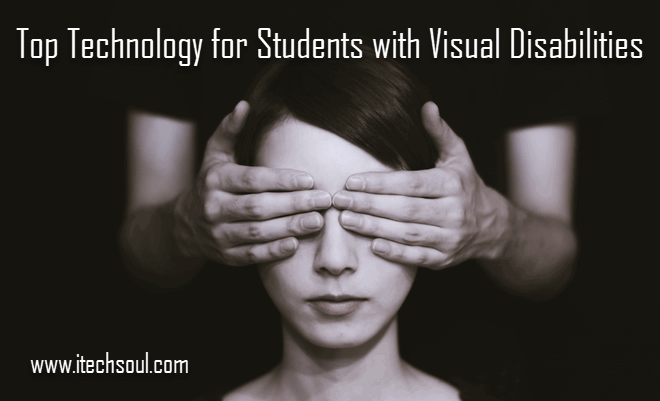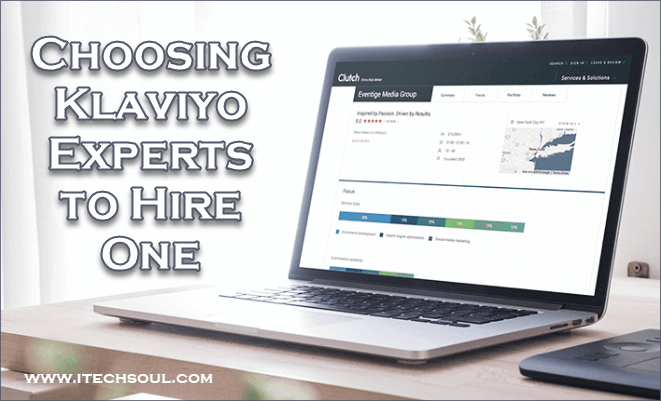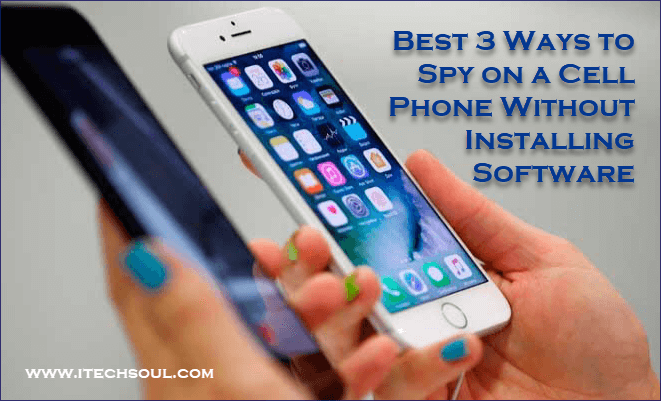Living with disabilities is not simple, especially not if the student is not provided the assistance he needs to function and learn normally. The technology for the blind has developed tremendously in the past decades, which opens up many opportunities for those with visual impairments to use their potential and get equal learning opportunity as those who can see.
Addressing the needs of students with a visual disability promotes more inclusive and welcoming learning environments. This doesn’t just give students an equal chance at education, but it also helps them reduce the stress that comes from living with a visual impairment. That being said, assistive technology for students with disabilities has gone a long way since the past, and here is the top technology available today.
Visual Disabilities and Technology
- According to the National Eye Institute, there are three main disability categories:
- Low vision or visually impaired: a visual field of less than 20 degrees or visual acuity that ranges between 20/70 and 20/160.
- Legal blindness: a visual field of less than 20 degrees or visual acuity that ranges between 20/100 and 20/200.
- Total blindness: lack of light perception/ not being able to see anything.
Some technology used for the legally blind includes:
- CCTV magnification system that allows the students to access magnified images of what they need to see and read. The prices can vary significantly from $150 for a hand-held magnifier to over $3000 for stand-mounted, colour systems.
- Braille translation software that converts documents into a Braille file that can be read from a special device such as a Braille reader. The price of such software ranges between $200 and $1000 or more.
For the students who are totally blind, there are several options:
- Braille printer that uses embossing pins onto heavyweight paper that the student can read by touching the paper. The prices of such machines can start from $1800 and go over $80000.[adsense]
- Screen reader that let the student read a text on a computer screen with the use of a speech synthesizer or a Braille display. These range from $100 to over $1000 depending on the choice of software and the manufacturer.

For best results, the use of these devices should be combined with help from the educator and parents, too. If you’re a student with a visual disability, you can reduce the workload when you ask experts to write your essay, ask for more time to complete an exam, or listen to tape recordings of the lectures instead of spending quality time trying to read it in Braille.
Final Thoughts
Students that fall in these three categories are in need of special tools to be able to access the information necessary for their education. The technology for these students ranges from devices that are low-tech, such as reading magnifiers, to more high-tech, complex Braille printers. The use of these is determined by the level of blindness, as well as the needs of the student.
Author’s Bio
Elizabeth Skinner is a software designer whose primary goal is to make the life easier for the visually impaired. She works at a company that produces Braille products. As an expert in her field, she often shares her insight in blogs online.




